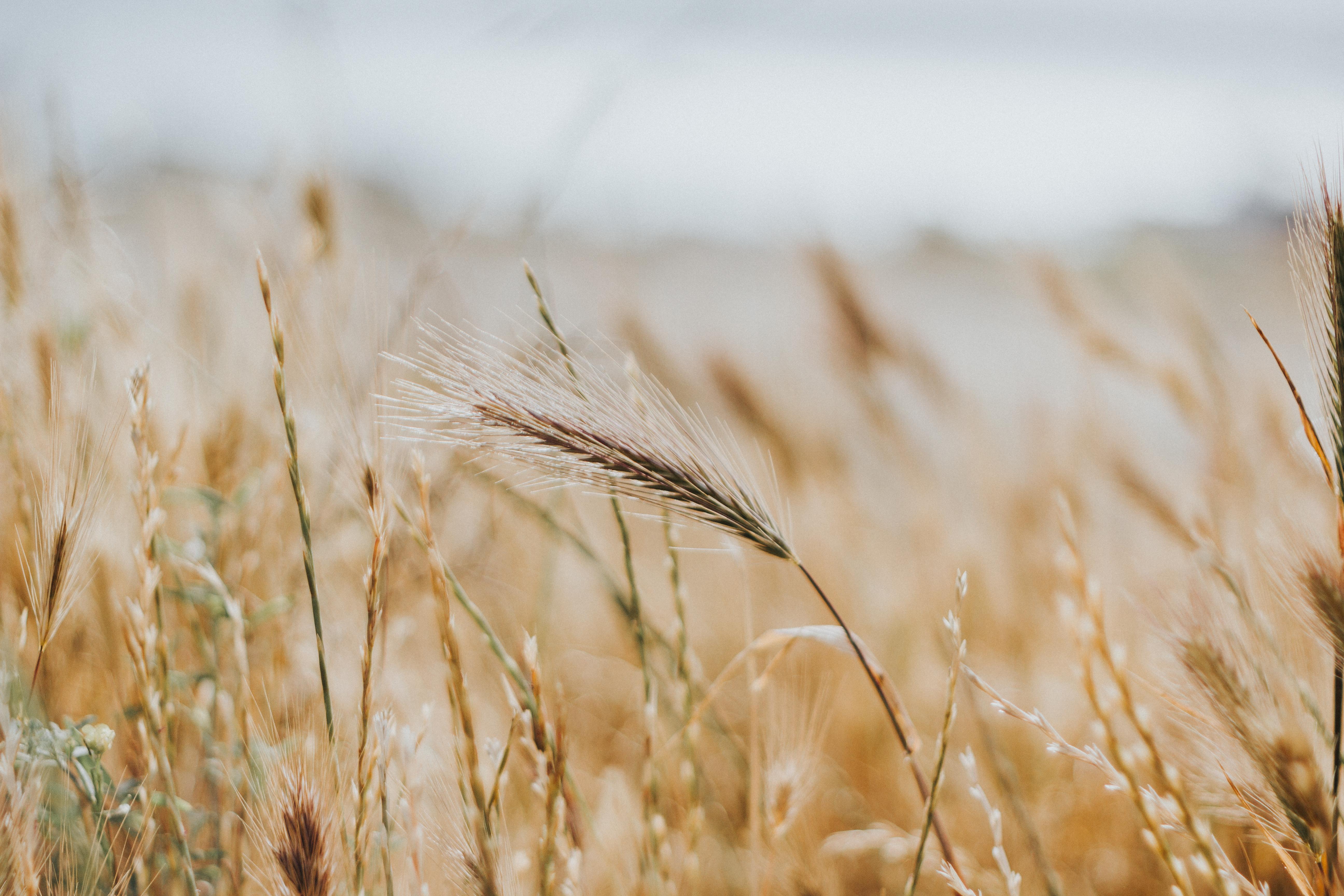
1 minute read
CEREALS
After enduring some sharp winter frosts and a rain-stricken March, winter cereals are generally looking well. Most crops were drilled into good seedbed conditions in the autumn and have responded well to an early dose of nitrogen after the winter frosts. Due to the high levels of rainfall and recent mild weather, some crops are starting to look quite forward, so growers should be mindful of growth regulation and straw management.
The wet weather has put a delay on early spring sprayer activity for many growers, and certain jobs must be prioritised. When conditions allow, growers should consider beginning their contact grass-weed control in their winter wheat and pressing on with T1 and PGRs in their winter barley. Lots of early drilled barley will also be grateful for a dose of nitrogen. Ideally winter wheat crops should have received around 130-140kg of nitrogen by mid-April.
Advertisement

Despite the colder winter months keeping yellow rust at bay in many parts of the country, these milder, damp conditions will be conducive for higher disease pressure in the crop. Saying this, crops are currently looking very clean!
Those who took the decision to capitalise on the dry weather at the end of January / early February for the drilling of spring cereals seem to be sitting pretty at this stage, with many crops having several leaves heading into the warmer weather. For those drilling into April, the need for pre-emergence chemistry may be reduced, with swift establishment of the crop being the most effective form of control. Consideration should be given to whether or not it’s possible to scale back total N, and if it can be delivered in a single pass?









